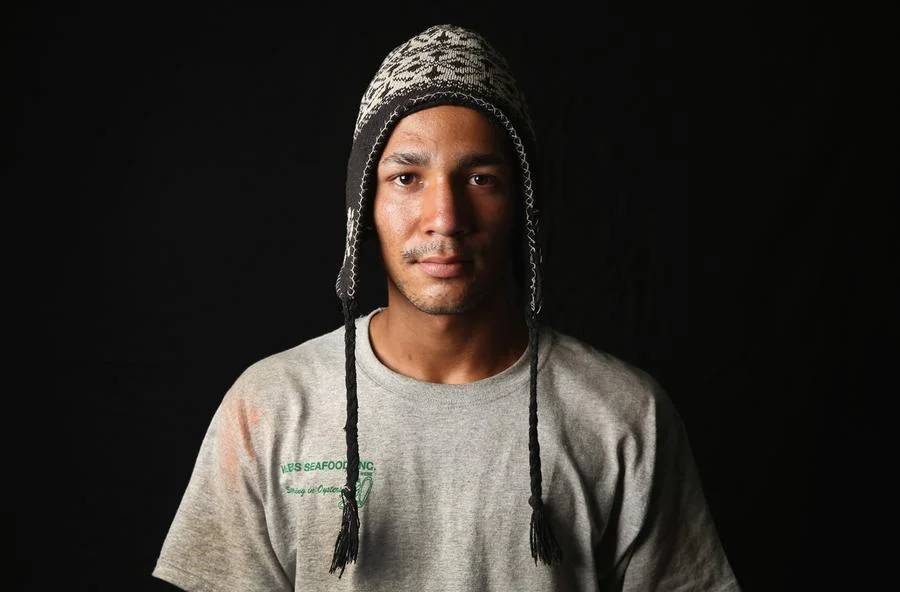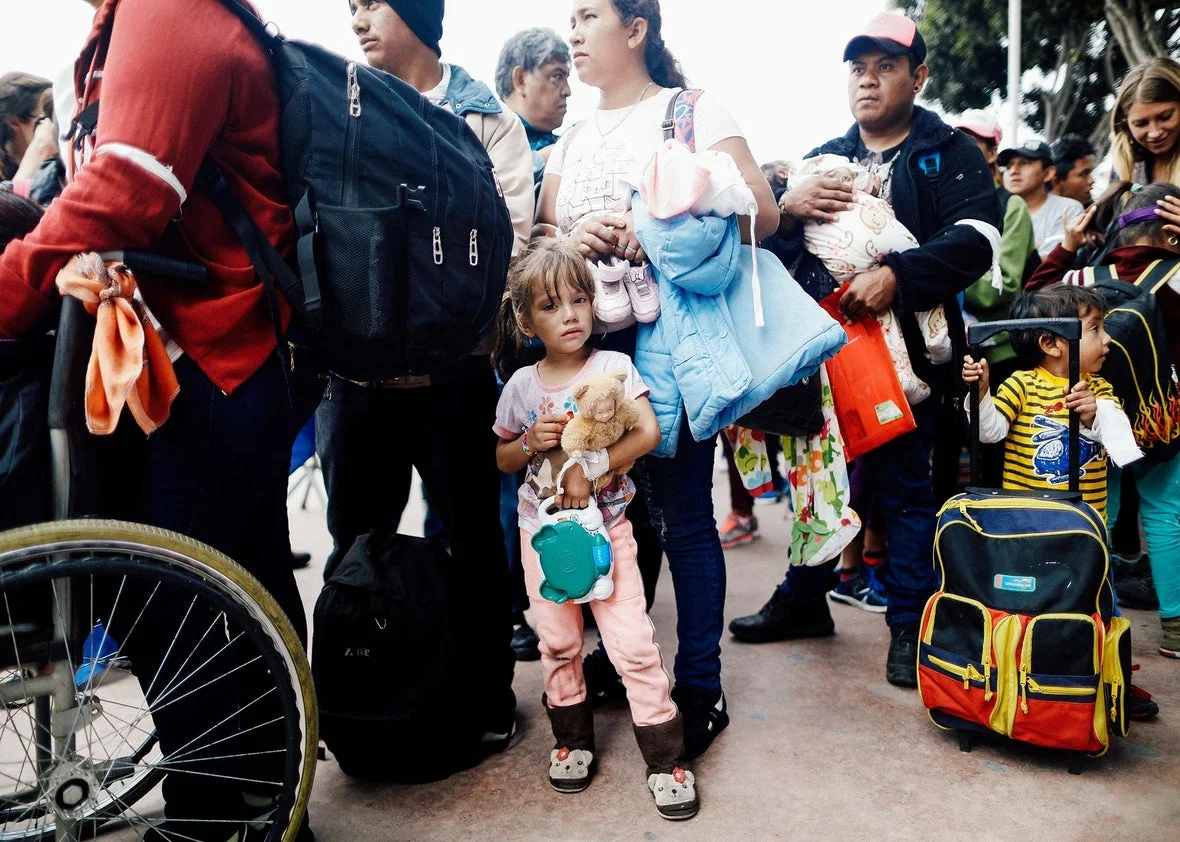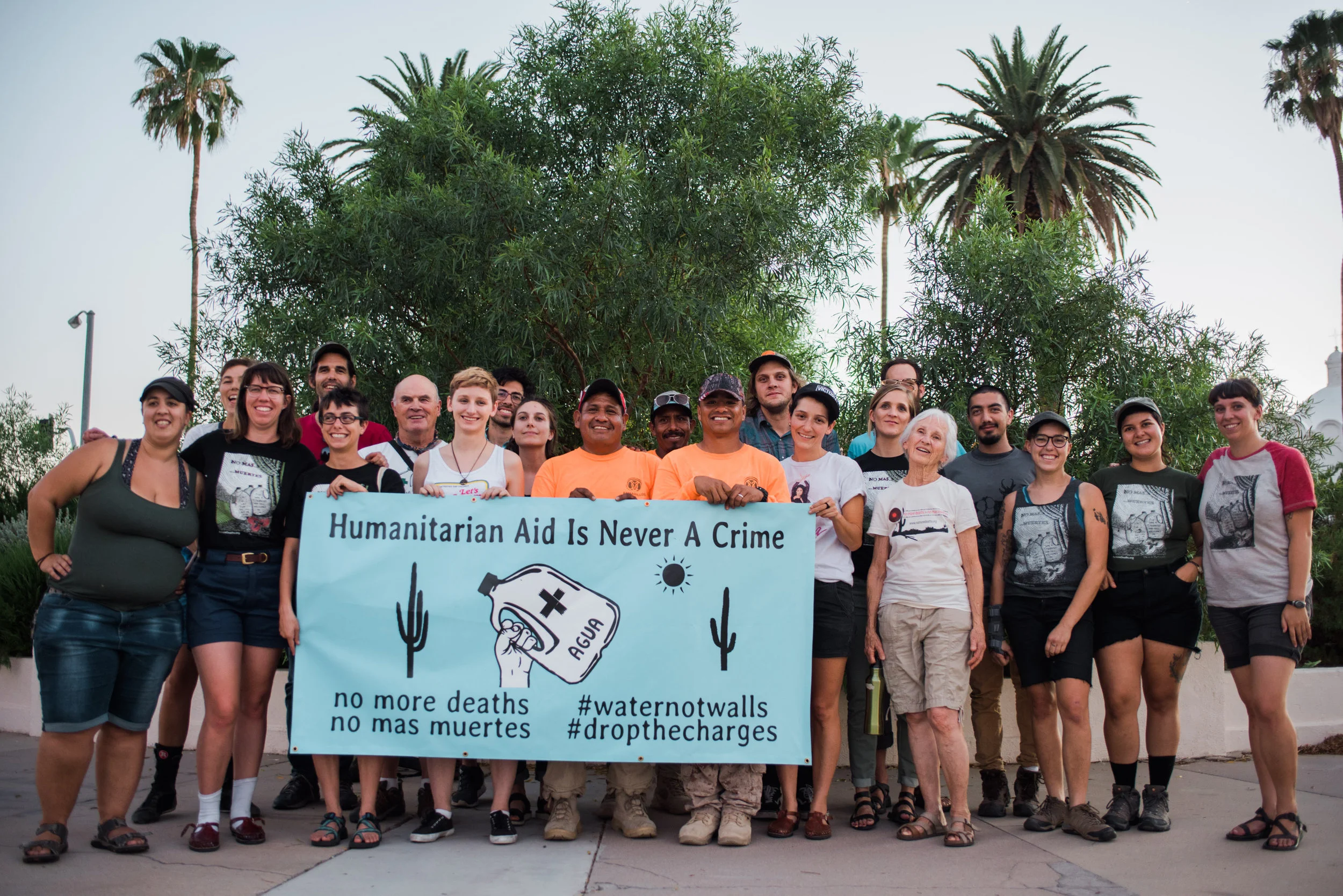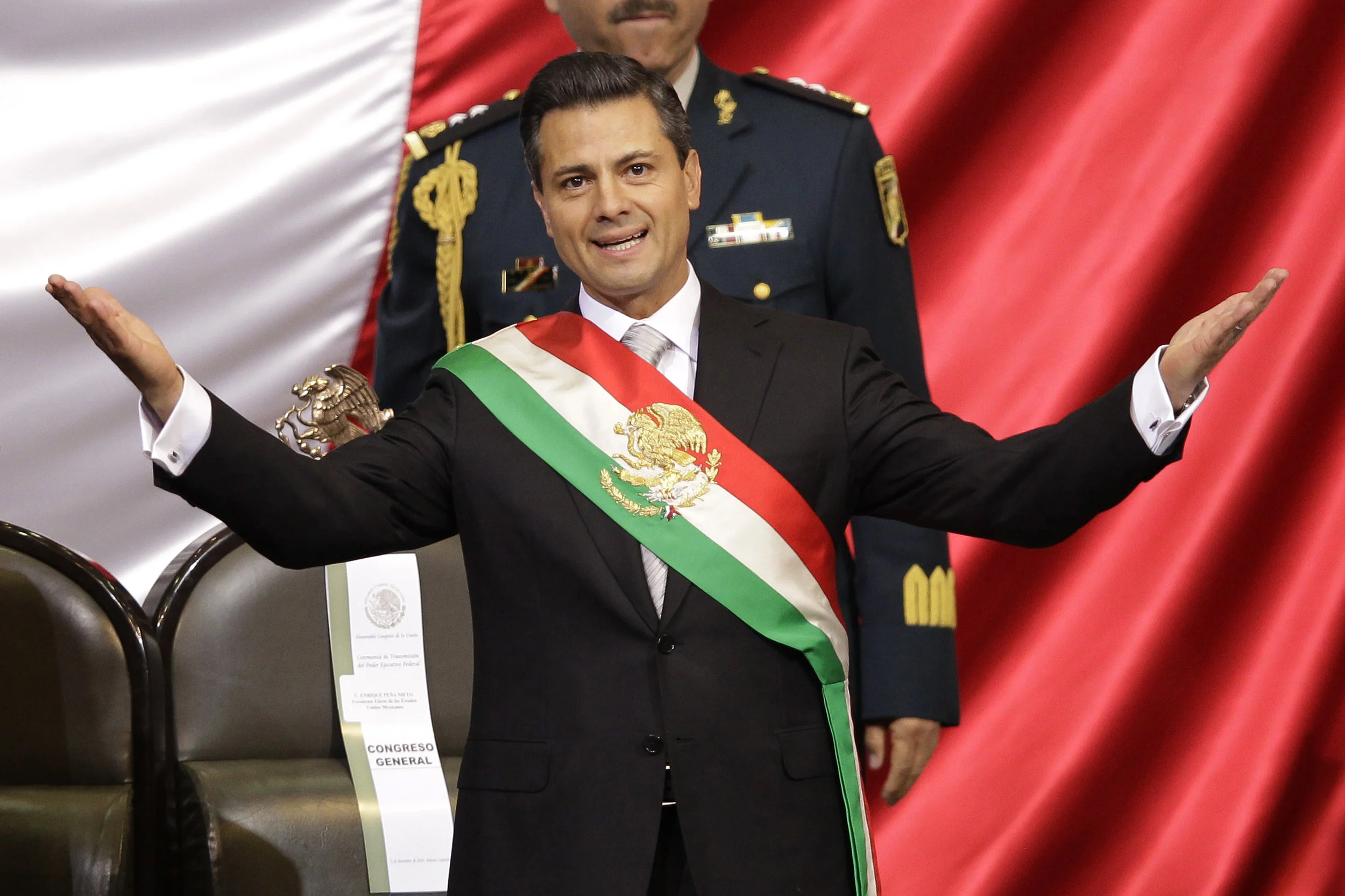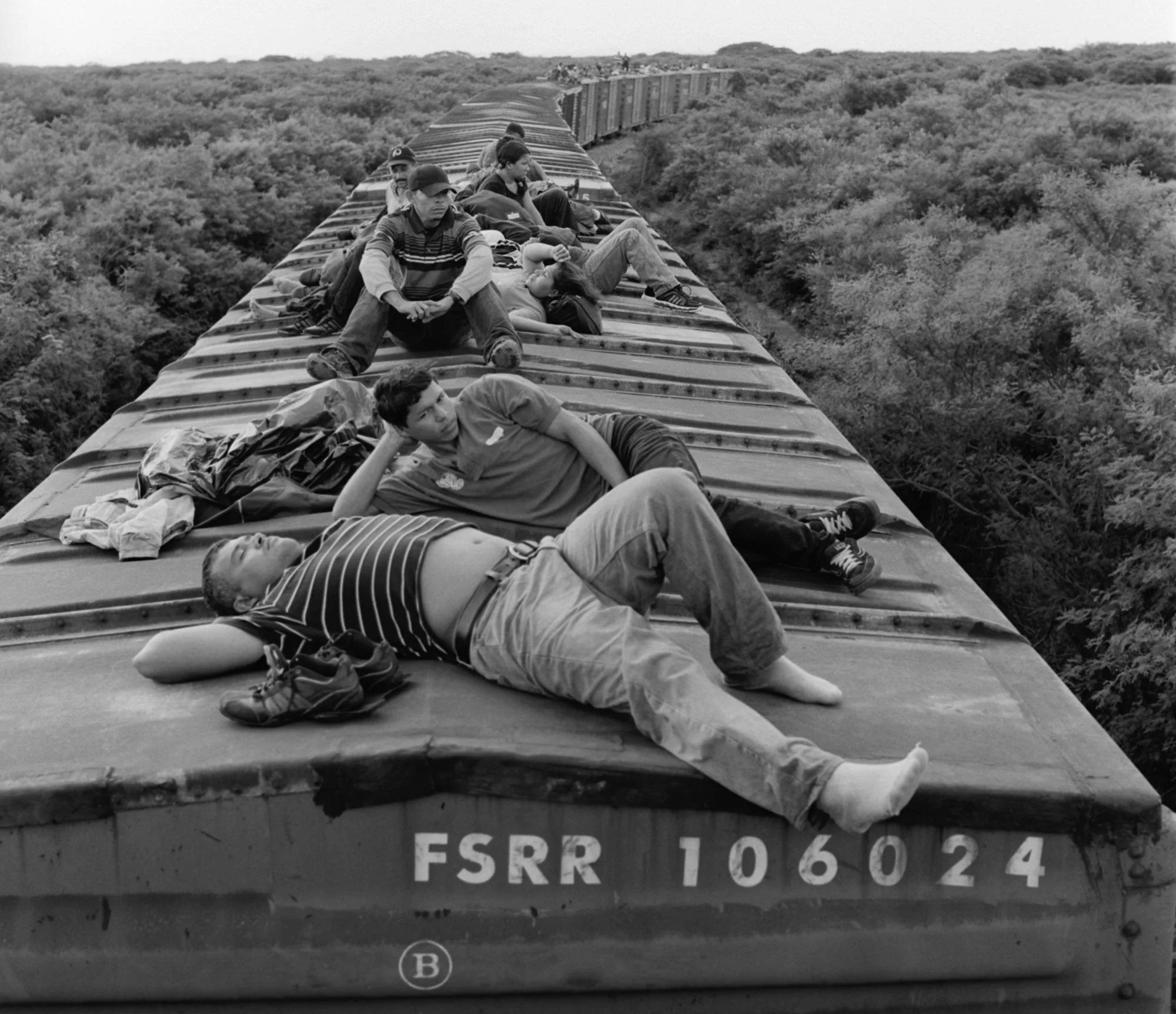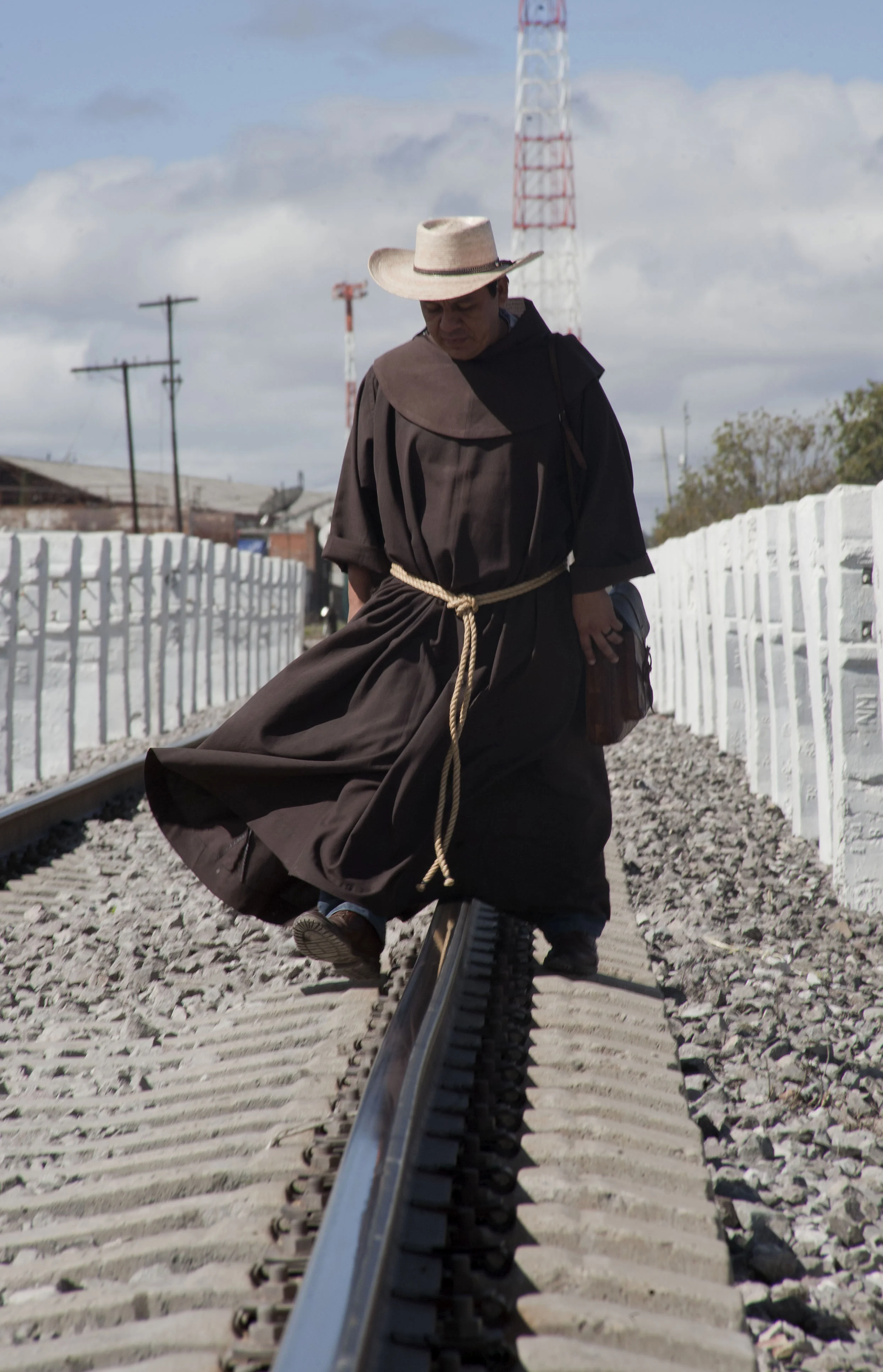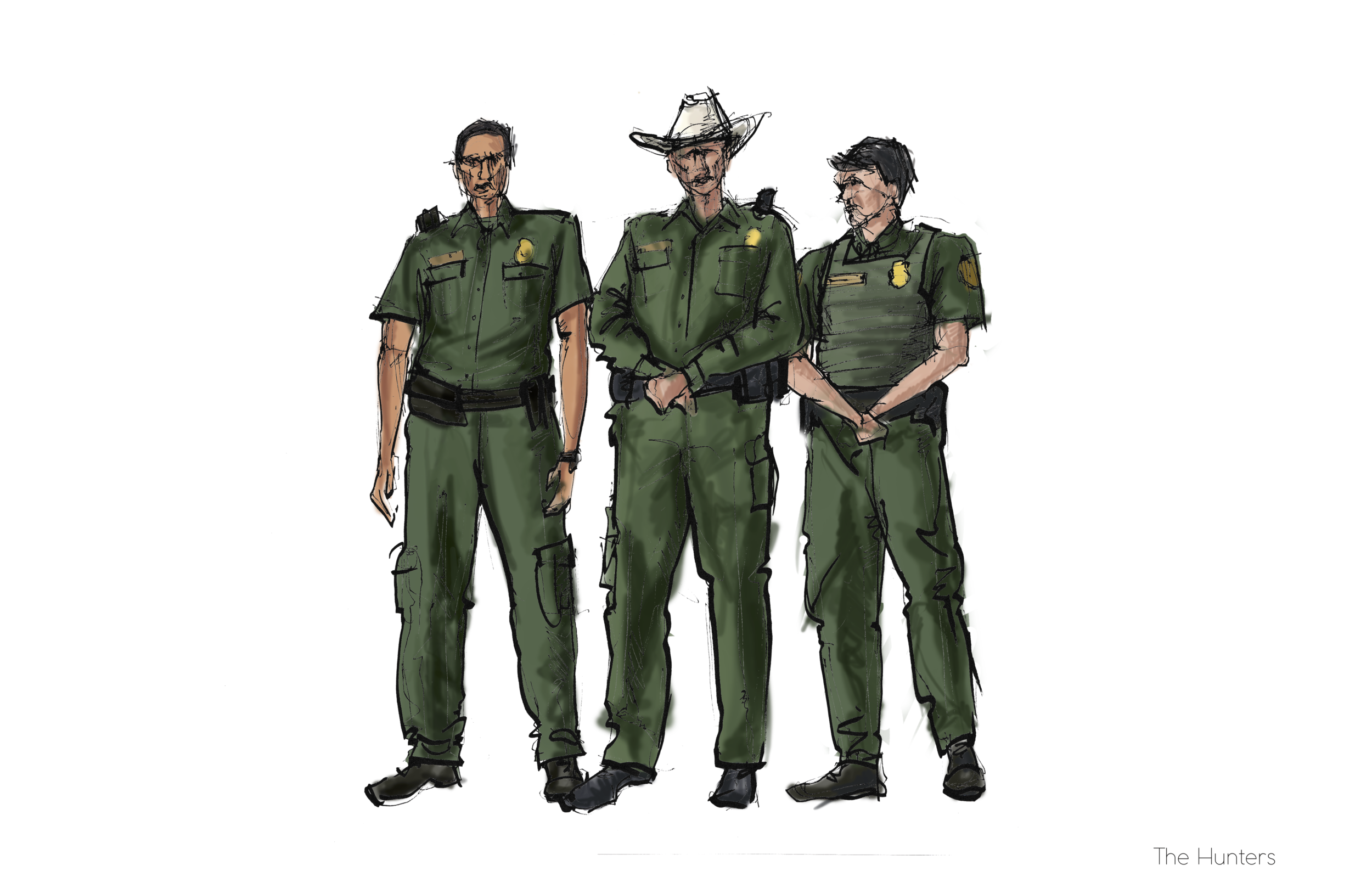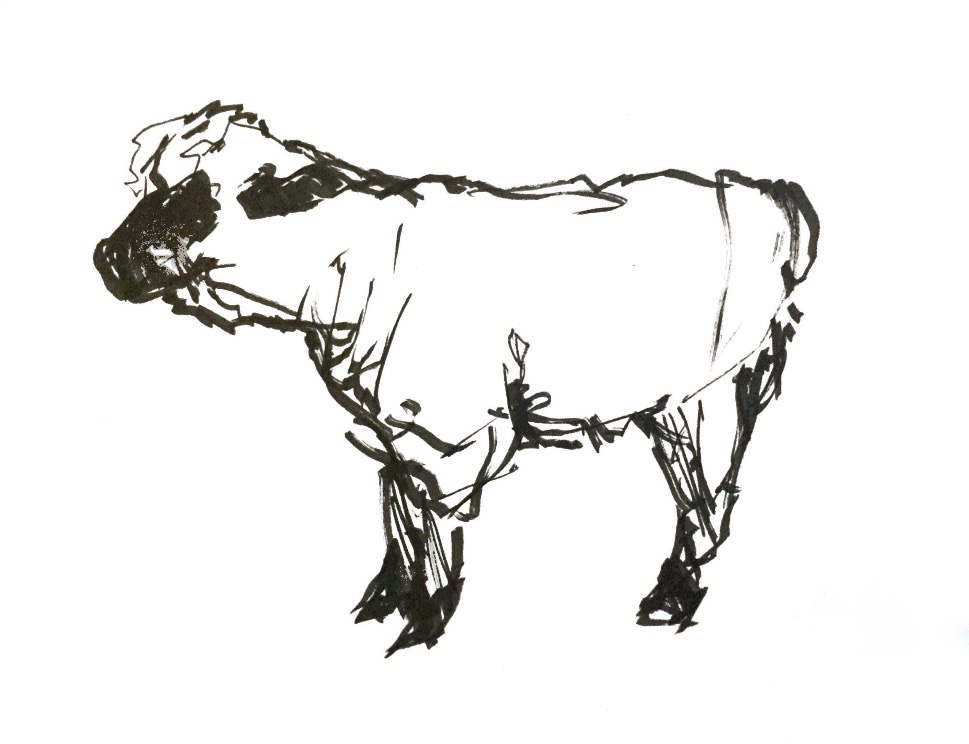Costume Design
The Pilot, The Prince, and The Rose
Each of the characters in our Little Prince is drawn from the people migrants might encounter on their voyage. The Pilot is a father who has left his family in search of work. The Little Prince, dressed in a golden Chullo hat, is a Central American migrant who misses his mother, Rose, who remains behind in his home country.
The Ensemble
In our public works production, the ensemble is made up of a combination of professional actor/singers and community members. These ensemble members are immigrants, the children of immigrants, and those who feel passionate about immigrant justice. Some of the ensemble members are cast as fellow migrants, while others are cast as activists and humanitarian aid workers. The “stars” are part of the children’s choir, while the “lamplighters” make up the adult chorus.
The PLanets
When the Prince flies from planet to planet, his “cranes” become the network of freight trains, known as La Bestia ("The Beast"), that transport migrants across South America, and specifically across Mexico. The King, modeled after the Chilean dictator Augusto Pinochet, alludes to the ruthless and corrupt leaders who have pushed migrants to flee their countries. The Vain Man, a cross between former Mexican President Enrique Peña Nieto and a street performer, reflects the empty promises of pandering diplomats. The Drunk Man, resembling migrants who cross the border only to get deported, reveals the human cost of such journeys. The Businessman, situated in one of the set’s windows, alludes to impersonal immigration bureaucrats. Only the Lamplighter, inspired by the immigrant activist Friar Tomás González Castillo, welcomes the Prince.
The Snake & The Fox
The Prince’s journey to “Earth” brings him to Mexico’s border with the United States. There, he encounters the “Snake,” a serpentine-like American border vigilante, inspired by the Arizona Border Recon paramilitary group, and a brave “Fox,” inspired by immigrant activist Alejandra Pablos and female smugglers, known as Coyotajes.
The Baobabs & The Hunters
In our production, the Baobab Trees, originally based off of the Nazis, become towering maras gangs who threaten the Little Prince’s home country. Once the Prince learns to control his fears, he reimagines the Babobabs as no more than harmless Oaxacan stilt walkers. The hunters, initially conceived as a band of clown-like villagers, are reimagined as a bumbling group of border patrol agents.
The rose Garden & The Well
Along his journey, the Prince encounters a colorful Rose Garden, here imagined as a group of mothers and children dressed in floral patterns reminiscent of Guatemalan floral textiles and also inspired by the floral backdrops of Mexican photographer Luján Agusti’s surreal portraits.. Later, the Prince and Pilot arrive at Well, which in our production becomes a water tank set up by the humanitarian group Water Station.
The sheep
The sheep the Pilot draws the Prince are inspired by black-faced sheep found in the Andes in Peru.





